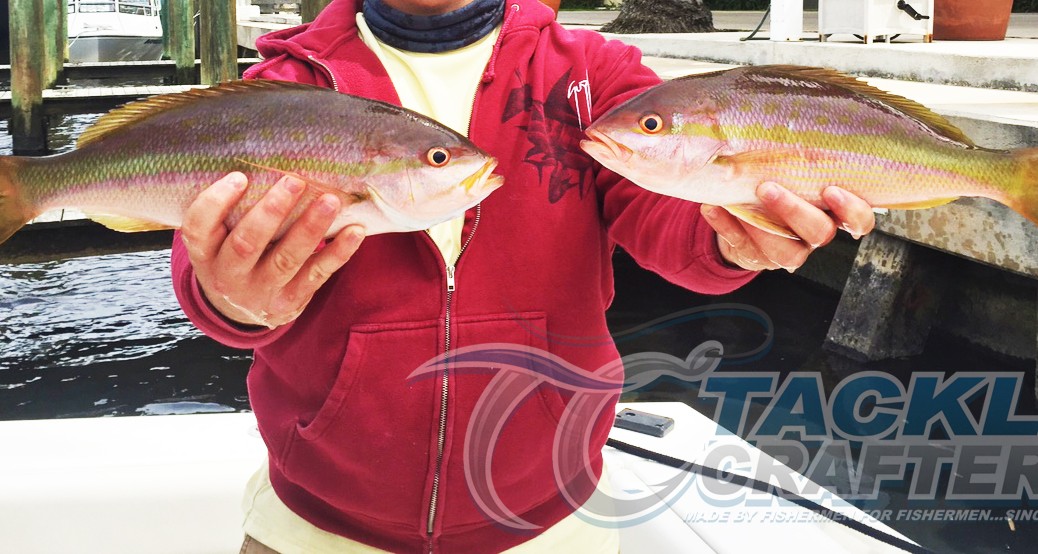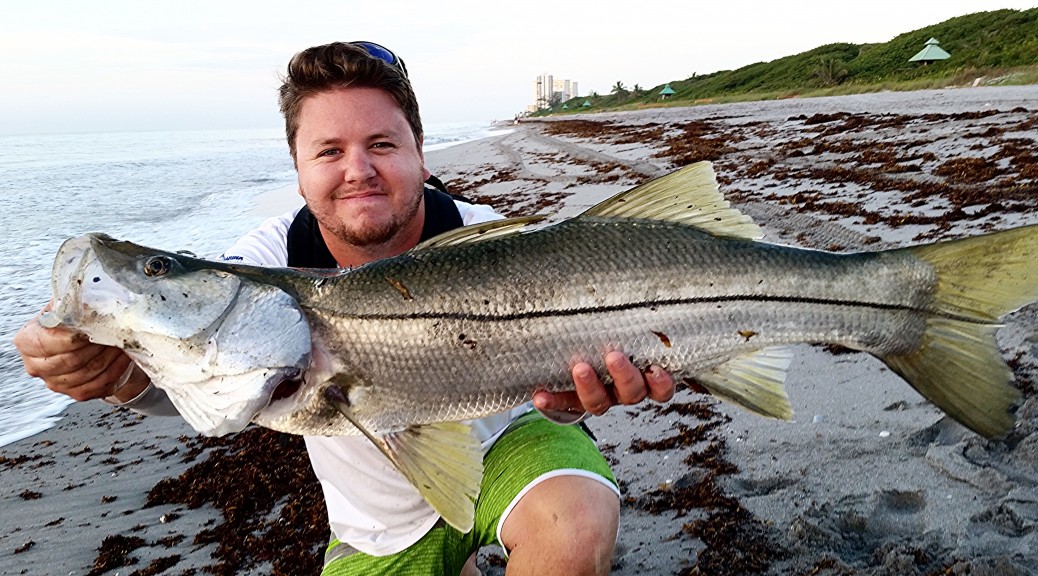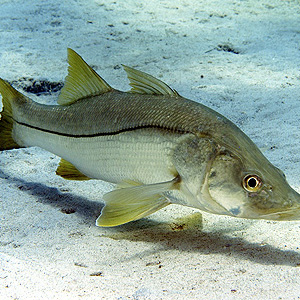
YELLOWTAIL MADNESS
Yellowtail Snapper can be found on the menu at your local surf bar as well as high end dinning establishments. This tropical warm water fish is good to eat and fun to catch! They are a great species to target when fishing with children or families because when you find them, they bring consistent action and fight hard. Around South Florida, and through the Florida Keys, there are many anglers who target this fish on a weekly basis for their table fare alone. Fresh Yellowtail filets are a prize and a treat and we would like to share with you a few tips and tricks for catching Yellowtail.
1. Chum
Getting the fish to show up is only half the battle. The other half is getting them to stay and the key to both is chum. A constant chum slick is crucial to having a successful Yellowtail trip. You want to make sure your chum is flowing out of the chum bag the entire time you’re fishing. A couple factors that play a role in this are, the current, the type of chum, and the bag. We prefer to use the bag with the larger holes. I believe they are 1/2 inch. Before you go, check what the current is doing. If the current is fast (2-4 knots) then the chum is going to run out faster. If it is slower (under 2 knots) then the chum will last longer. For a 2-3 hour trip 3-4 blocks of chum should do the trick. Be sure to put the chum somewhere it can unthaw while your on the way to your fishing grounds. When you tie off the chum bag try to position it so that when the boat rocks the bag will dip fully into the water and shake the chum out of the bag. If you don’t this you will be spending a lot of time shaking the bag manually. Keeping the constant flow of chum in the water is crucial. The Yellowtails will stay in the slick as long as there is food to eat.
2. Wait
Many anglers make the mistake of fishing too early. Once you have anchored and the boat has settled then begin chumming. From the time you start to when your first rod goes in the water wait at least 20 minutes. This is important because you want to allow time for a substantial number of fish to get into a feeding frenzy behind the boat before the first line goes in the water. Think of it this way: If you were trying to ambush or capture an animal on land how would you approach it? You want that animal to feel safe. Maybe you’ll lure it in with a decoy, food, or a sound and then when it has let it’s guard down- you strike. It’s like that with Yellowtail Snapper. You to let them get into a full feeding frenzy. Once they are in full force the fishing will be more productive and much more fun. Often time by putting a line in the water too early this prevents the feeding frenzy from happening and while there will be fish in the chum slick they will be more difficult to catch.
3. Fish
Once it is time to start fishing never use more then 1 to 2 rods at a time. This will help bring consistent action and is key to getting the bigger fish on the boat. A light spinning rod 7 to 7’6 ft with medium action will get the job done. We prefer to use light 10lb braid with a long 30-50ft fluorocarbon leader anywhere from 15-20 lbs. A small weighted jig head works great in strong currents ( 1/16 oz) or a #1 to 1/0 circle hook in less aggressive currents. The goal is to drift your bait back with the chum so when it gets to the fish it looks natural. Many different baits will work well. Some of the best are Silver Sides, Bonita Stripes, and Sardines just to name a few. When the current is strong sometimes the fish can be up to 100 yards behind the boat. Free line your bait back with the current in your chum slick and continue to let it drift until you get the bite. How far back you have to let your bait go is different every time.
Three easy steps to Yellowtail Snapper fishing! Have fun and go catch dinner with family and friends!
Tight Lines!





